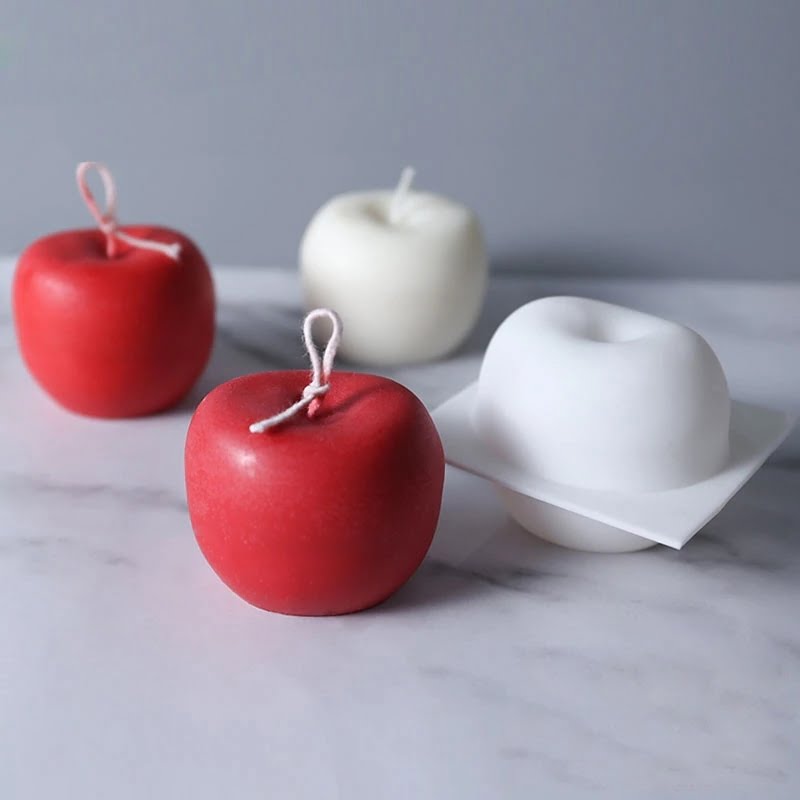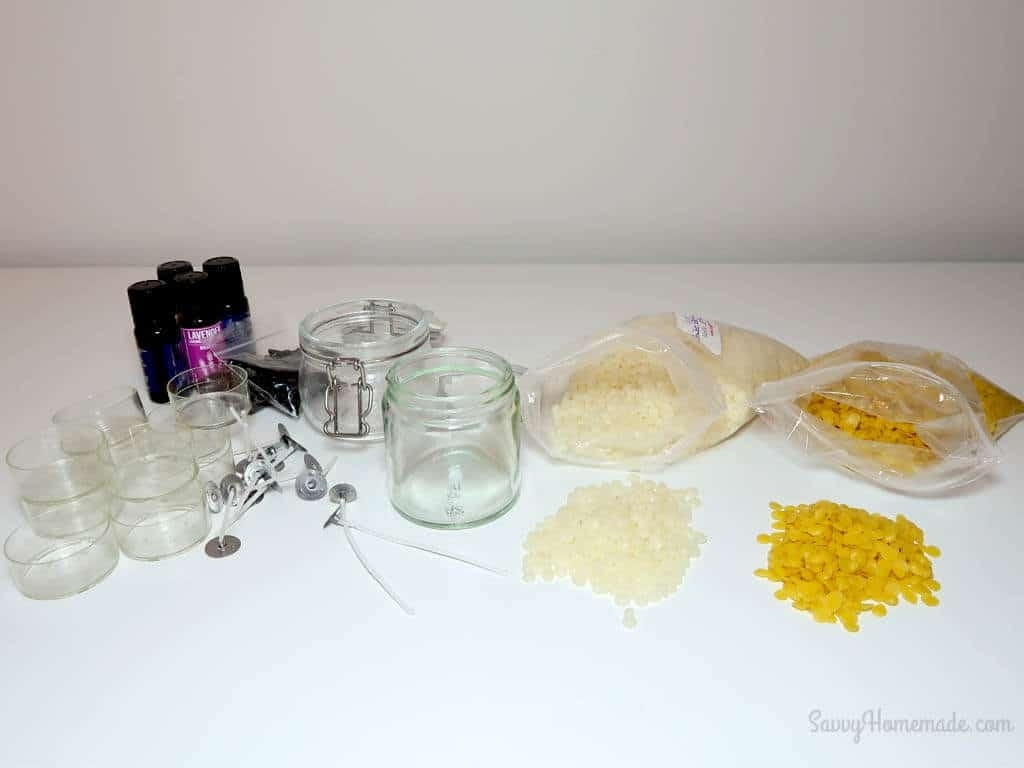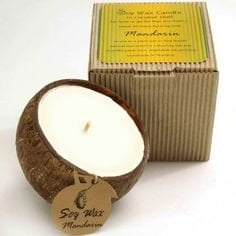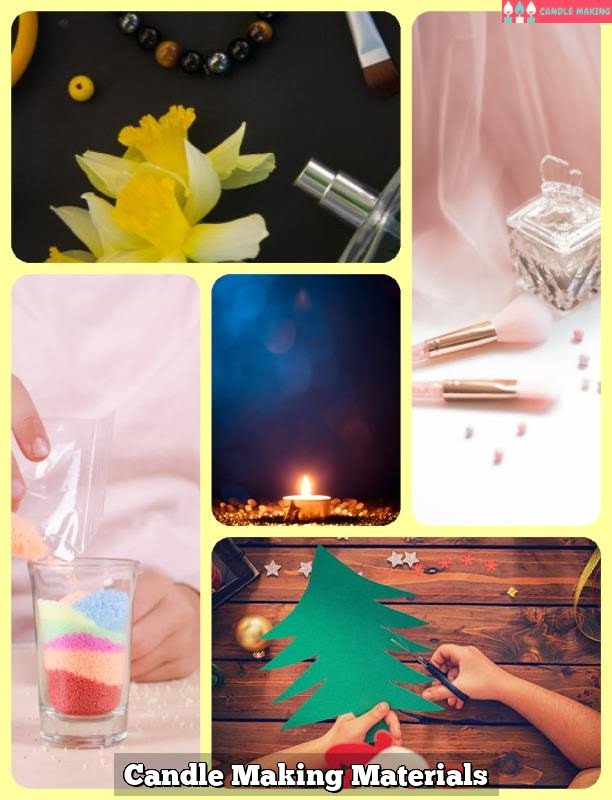Introduction
Candle making has a long history in India. Over the centuries, it has evolved from being used for religious and ceremonial purposes to being widely used today as home decor, gifts and even art. Popular candle making materials commonly used in India are wax (paraffin, beeswax or soy wax), wicks, fragrance oils, dye blocks, vessels and decorations. Many different types of candles can be made with these materials such as votives, tealights, oil lamps and more. Designers are coming out with new handcrafted designs each day and customers have a lot of customization options available when it comes to designing their own candles in terms of size, shape, color and scent. Traditional techniques such as the ‘dip’ method are still popular among small-scale manufacturers due to its simplicity. However large-scale producers focus on developing new formulations that improve burning characteristics and shelf life. The Indian market is witnessing an increased demand for handmade candles with unique shapes and customized fragrances which is helping drive innovation in candle making within the country.
A Look at the Different Types of Candle Making Materials In India
Types of Candle Making Materials In India-
1. Paraffin Wax: Paraffin wax is the most commonly used material for candle making in India. It has a melting point of roughly 55–60°C and has good hot and cold molding capabilities making it easy to craft in a variety of shapes and sizes. The advantages of paraffin wax are its low cost, availability, and relatively longer burning time. On the other hand, some cons are that paraffin wax may not be safe for skin contact and its smoke can cause respiratory problems in the long run. Common sources to purchase paraffin wax include local candle shops, craft stores, and supermarkets. The average price point tends to be around Rs 50 per 500 grams.
2. Beeswax: Beeswax is also widely used for candle making due to its enchanting aroma that is released when it burns. It also has a higher melting point than paraffin with temperatures ranges between 62–64°C and produces less smoke while burning. However, beeswax is more expensive than paraffin and difficult to get your hands on unless you have access to a beekeeper nearby as it requires special methods for collection which involves individually harvesting each cell from a honeycomb frame through melting & filtering processes. Prices tend to range from Rs 1,400 – 5,200 per kilogram depending on factors like the quality and brand of it purchased.
3. Soy Wax: Soy wax is 100% derived from vegetable oils and made from soybean oil which makes it biodegradable and eco-friendly compared to other types of waxes used for creating candles including petroleum based paraffins. Its advantage lies in its clean burning feature with no petrol soot emission produced by it throughout its lifespan as well as having a longer burn time than other types of candles making them last longer too! An average 400g block costs anywhere between Rs 400 – 700 although prices may vary depending upon the source you buy from..
Popular Candle Making Supplies In India
Best sellers- Some of the popular candle making supplies in India are paraffin wax, essential oils, moulds, wicks, wax melts and aroma diffusers.
Tools Needed- To make candles yourself some of the most common tools necessary include double boiler or a saucepan to melt the wax, wooden or metal spoons for stirring the melted wax and fragrances, pouring pots or ladles to pour the melted wax into molds/tins, thermometers to monitor temperature while melting, scissors or clippers to trim off excess wick threads, clamps to hold molds in place before and after pouring the molten wax.
Kits Available In The Market- Candle making kits which have all the necessary tools to make candles are available in the market. These kits typically come with materials such as paraffin wax blocks for melting along with wicks that already have the clips on them for supporting them during burning. Some kits also come with fragrance oils that can be used with different types of waxes for customizing your own candles at home. They may also include other useful items such as a double boiler , containers and coloured dyes depending on what type of kit you choose.
Simple Steps to Make Your Own Candle at Home
Candle making at home is a fun and rewarding activity. When done right, you have yourself a beautiful, homemade candle as a result of your effort. Here are the basic materials you will require (all of which can be purchased in India): beeswax, scent, mold or jar to pour your candle into, wick and wick tabs (can be pre-tabbed with glue), thermometer, stainless steel saucepan and stove.
Steps:
1. Start the process by melting the wax in the stainless steel saucepan on low heat; use a thermometer to check for accurate temperature readings (usually 160-170 Celsius). At no point should the wax exceed 200 Celsius.
2. Once all the wax is melted, add the scents and stir thoroughly so that it is properly incorporated into the mix. Next step is to prepare your molds or jars; this involves dipping each wick tab into hot wax before placing them evenly spaced into each mold or jar base. The base ensures there are no air bubbles forming while pouring out your liquid wax later on.
3. Now wait around 10 minutes for cooling before you begin next step which includes filling molds or jars with cooled liquid wax till brim overflowing then quickly leveling out the surface using spatula tool available in most stores for up to 3 mm thickness only after taking them out from heat source! This helps reduce chances of cracking or warping due to uneven temperatures during curing period, particularly when using metal molds/jars witch can overheat quickly & potentially damage product.
Common Mistakes:
• Overheating – If you leave your mix on too high heat for too long it will start cracking and eventually burn readily without any signs of it being lit first as well just like butter does when poured into hot pan which can reach 250 degrees Fahrenheit quickly! In order to prevent this situation pay close attention while heating – monitor temperature accurately keeping range between 160–170 Celsius of temps otherwise it’ll end up having bad consistency once cooled down affecting burning time & quality further ahead not just initially but also over duration if not corrected quickly enough then that’s gonna spoil overall look n feel too as mentioned! Also make sure not to put more than 5 cm-10cm worth quantity of mixture inside container at once otherwise overflow may happen if overheated even slightly therefore reduce amount half way manually better than risking other problems occurring in later stages while trying fixing things frantically due this oversight / carelessness from homeowner part!!
Tips To Avoid These Mistakes:
• Keep your ingredients simple – Stick with just one main ingredient such as beeswax for consistency’s sake and make sure that your container size matches how much mixture you need – any larger amounts should be split up into smaller batches for better control since bigger containers take longer times get heated up consistently during melting processes compared especially local ones made mostly from tin sheetmetal after all! No matter how tempting putting in additional colors etc might seem always stick using one type until perfected before experimenting further – avoids potential disasters caused by multiple mixtures getting mixed together far too quickly resulting end product looking worse off than expected ultimately leading disappointment equally if not more! Lastly invest few bucks buying digital thermometer – they give accurate temperature readings helping prevent any unexpected results like we already discussed prior so buy ’em n keep them handy around workspace area always before starting anything related tasks involving molten wax 🙂
Safety Measures to Take When Making Candles In India
When making candles in India, it is important to take the proper safety precautions in order to minimize potential hazards. One of the most common hazards when making candles is the risk of burns and fires due to a hot wax or wick. Therefore, it is important to make sure no heat sources are near your candle-making materials and that you always have a nearby fire extinguisher handy. It is also important to wear protective clothing when handling any hot wax.
In addition, it is essential that you follow the instructions on all candle-making materials carefully and ensure that ventilation systems are in place if working with substances such as melting wax or fragrance oils. This will help ensure healthy indoor spaces for you and your family.
Lastly, when handling any potentially dangerous materials it is always critical to wear personal protective equipment (PPE) such as eyewear, gloves and/or a face mask where necessary. These items can help protect against exposure or contact with hazardous substances and should be used each time you work with these materials during candle making. Following safety guidelines each time you create candles can help keep yourself, your family, and your house safe from accidental damage or injury.
Wrapping It Up
Candle making in India is an ancient craft, with some of the earliest candle designs dating back to the 16th century. Many materials are used in traditional Indian candle making, including soy wax, beeswax, coconut oil, and palm oil. Essential oils are also commonly used to fragrance candles and add color.
Making candles by hand requires certain tools as well as the raw materials necessary for the project. In India, wicks made from cotton or other natural fibers are mostly used. Other supplies sometimes needed include molds and thermometers to keep track of temperature while pouring hot wax into molds. Finally, paint brushes can be used to decorate and customize creations. Enthusiasts thinking about exploring this craft should consider these materials when putting together a recipe for DIY candles.
To wrap up, those interested in making candles in India should do their homework to ensure they have all of the necessary supplies. Fortunately there are plenty of books and online tutorials available detailing beginner’s steps on how to get started with this crafty activity. Furthermore, locals may know where to find unique items such as special essential oils or custom molds that could add something extra special to their creation!

Welcome to my candle making blog! In this blog, I will be sharing my tips and tricks for making candles. I will also be sharing some of my favorite recipes.





